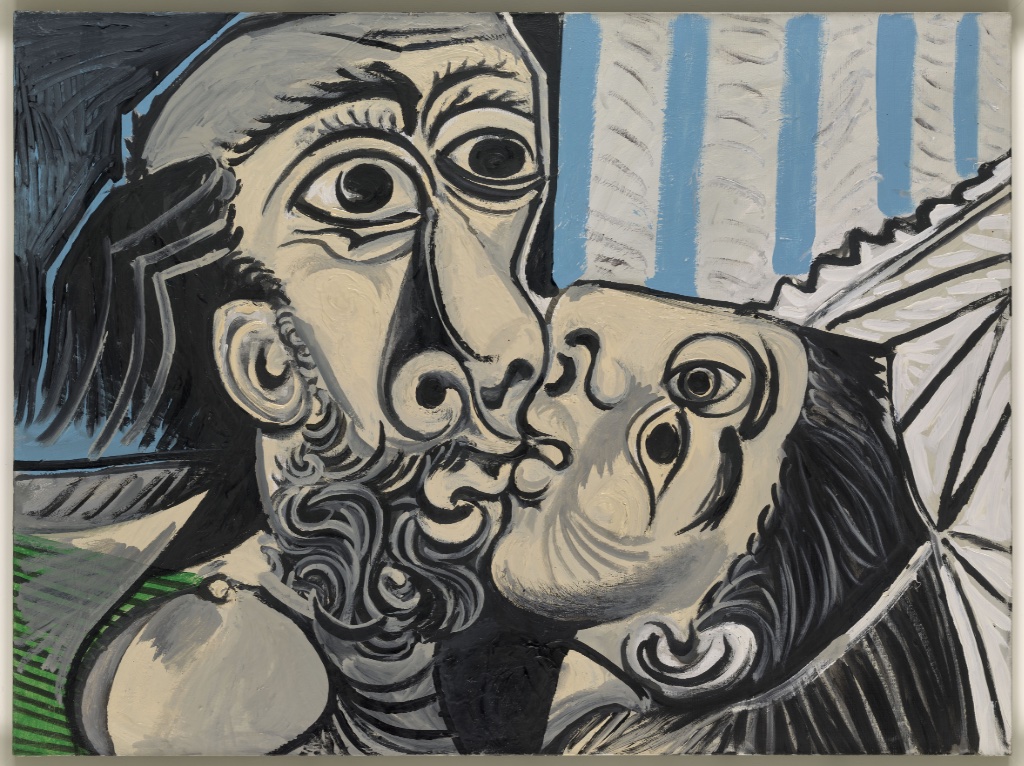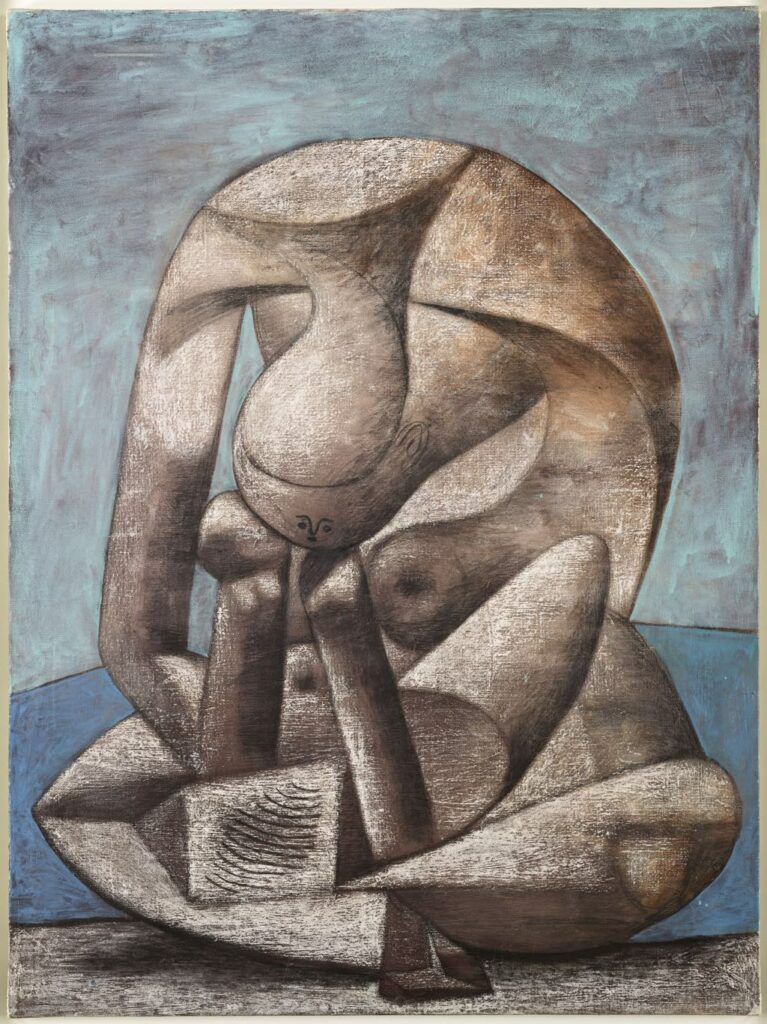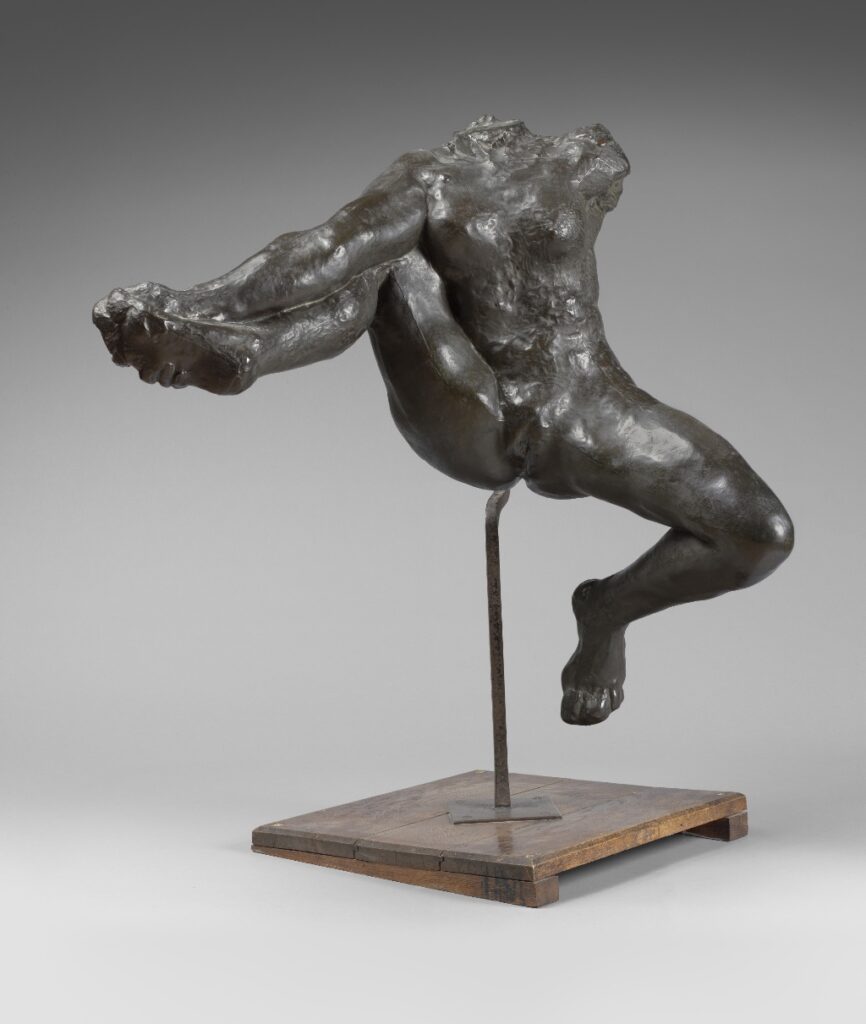
The lives of Auguste Rodin (1840–1917) and Pablo Picasso (1881–1973) overlapped for a time, but since there is no evidence that the two masters ever met, the exhibition “Picasso-Rodin” at the Musée Picasso is based mainly on the influence the great sculptor had on the 20th-century superstar. Unfortunately, a related exhibition at the Musée Rodin has ended, but the one at the Picasso Museum continues through March 6.
The idea of the exhibition is to show that the two artists, both of them revolutionaries who disrupted the art world codes of their time, took a “profoundly experimental” approach to art-making.

That Picasso was aware of and admired the work of Rodin is certain. A picture of “The Thinker,” clipped from a Spanish magazine, hung in his Barcelona studio and is thought to have inspired the pensive pose of a much later work, “Grande Baigneuse au Livre” (“Large Bather with a Book,” 1937). And we know that Picasso visited at least one Rodin exhibition, at the Pavillon de l’Alma during the Paris World’s Fair in 1900.
Included in the show is a page from a Picasso sketchbook, dating from 1900, on which we see a portrait of Rodin and drawings of two seals, a reference to a caricature by sculptor Hans Lerche of Rodin’s “Monument to Balzac,” the first work the visitor sees at the Musée Picasso show. Picasso saw this imposing statue at the Paris exhibition in 1900 and probably again in 1950 at the exhibition on Balzac and Rodin at the Musée Rodin, which inspired him to make a number of portraits of Balzac and illustrations for some of his books.
Then there is an ink and pencil drawing by Picasso, “Groupe d’Hommes“ (“Group of Men,” 1902), which immediately calls to mind the mournful appearance of the men who figure in Rodin’s famed sculpture “The Burghers of Calais” (1884-89).
The curators, following the art historian Werner Spies, refer to the time between 1900, when Picasso arrived in Paris, and 1917, when Rodin died, as the former’s “Rodinian period,” seen in both the great expressivity and doleful quality of his Blue Period paintings. Picasso’s first known sculpture, “Femme Assise” (“Seated Woman,” 1902), also shows the influence of Rodin’s technique and his sculptures of crouching women.
Some of the connections between the two artists explored in the exhibition may seem tenuous, such as their interest in natural forms, for example, which is, of course, shared by many artists, as is their fascination with nude figures and their habit of obsessively studying a subject by creating numerous versions of it. The fact that each had a collection of works by other artists does not seem to mean much either. Other associations are more pertinent, among them their interest in archaic art forms.

Still, it is great fun to compare the work of the two masters. Look at Rodin’s wonderful drawings and sculptures of dancers in movement, for example, such as his “Iris, Messagère des Dieux” (“Iris: Messenger of the Gods, 1895), which dialogues tellingly with Picasso’s “La Nageuse” (“The Swimmer,” 1929).

If you can’t get enough of Picasso, the Musée Picasso is also showing photos and film clips of the artist in “Picasso à l’Image” (“Picture Picasso”) through February 12, and the Musée National de l’Histoire de l’Immigration has an exhibition called “Picasso, l’Étranger” (“Picasso the Foreigner”), which takes a look at the surveillance of the artist by the authorities during his life in France, through February 13.
Until a new spate of exhibitions opens in Paris in February, the best bets for museum shows are “Marcel Proust: A Parisian Novel” at the Musée Carnavalet, “The Morozov Collection” at the Fondation Louis Vuitton, “Painting Apart from the World” at the Musée Guimet and “L’Âme Primitive” at the Musée Zadkine.
Favorite